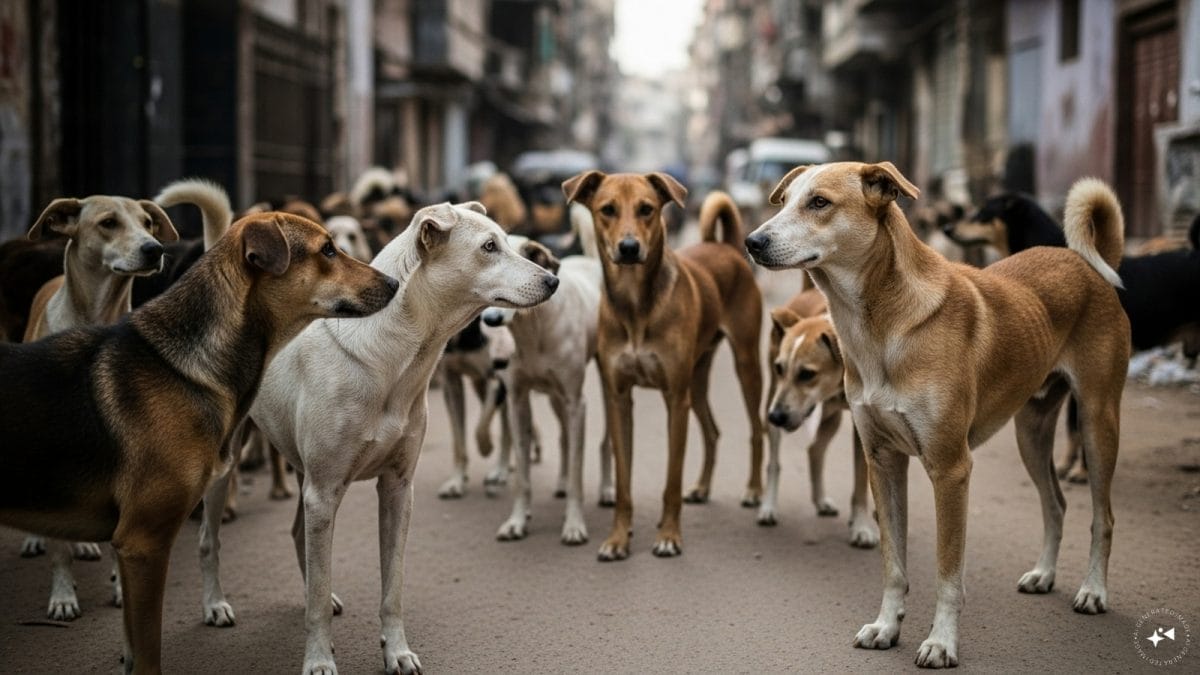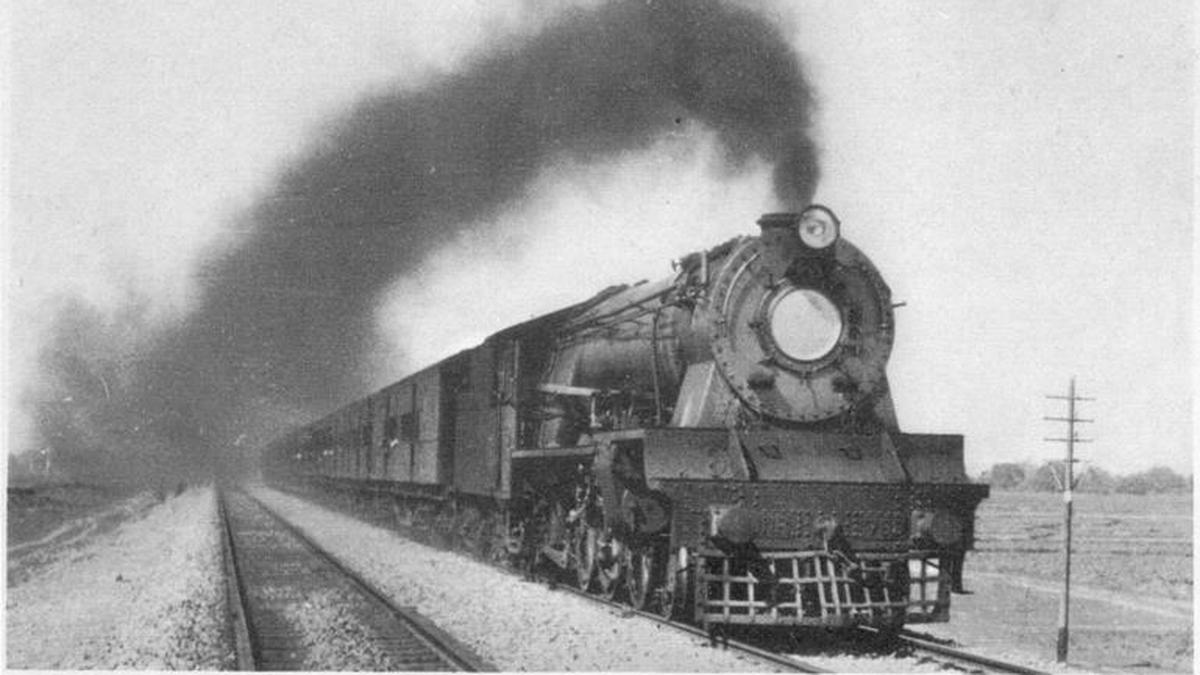The city of Madras that is Chennai may have a documented history only from 1639, but there is no denying that this coast was familiar to trading civilisations of the ancient world. The 1st Century CE work Periplus of the Erythraean Sea, lists several ports of India, and among these, a few are on the Coromandel Coast as well. Scholars have tried identifying these with modern towns, but most are disputed. What it does establish is that this part of India was part of an international trade route.
Tiruvottriyur, Mayilai, and Tiruvallikeni were definitely hamlets in existence from ancient times, and the antiquity of Mamallapuram is established beyond doubt, also that it was an ancient harbour. It is very likely that it was the largest among a chain of ports along the coast, and the others mentioned above were smaller fishing harbours that played a role in trade. In this context, it is interesting to see what Bhakti poetry composed in this region has to say.

Tiruvottriyur, Mayilai, and Tiruvallikeni were definitely hamlets in existence from ancient times, and it is very likely that they played a role in trade during ancient times. | Photo Credit: The Hindu Archives
Among the first is that of Peyazhwar, who was one of the first in the canonical set of 12 Vaishnavite saints. To him, Tiruvallikeni was essentially a seacoast, and he paints a picture in pink and white — the corals and pearls are washed on to the sand by the sea, even as the sky at twilight is a mix of pink and white. Here resides He on whose chest is the lady of the lily and the lotus.
Fishing with spears
To Sambandar, writing of Mayilai in the 7th Century CE, the place was a town by the sea where fisherfolk used sharp spears to catch their fish.
But where does trade with faraway lands come in? By the 12th Century CE, when Sekkizhar was writing his Periya Puranam, Mayilai was a big town. And he was probably familiar with it, coming as he did from Kunrathur. If Tiruvallikeni was all pink and white to Peyazhwar, Mayilai has several shades of grey for Sekkizhar — the sky is full of dark clouds reflected in the rough sea below, in the town are fat buffaloes, and from the various wooden vessels docked in the harbour, elephants are being offloaded.

According to the poet Sundarar, Tiruvottriyur is a port with different types of vessels in it. In another verse, he describes the trade of conches, shells, pearls, and diamonds here. | Photo Credit: The Hindu Archives
Tiruvottriyur comes alive in the verses of Sambandar, Appar, and Sundarar. To Appar, the sea makes a philosophical statement — he prays that when he is sailing in the vessel of the heart, with the mind as the oar and anger as the cargo, arrogance strikes as a rock and all is lost, and at this juncture, he should be blessed to remember the Lord . To Sundarar, Tiruvottriyur is a port with different types of vessels in it. In another verse, he describes the trade of conches, shells, pearls, and diamonds here. Tiruvottriyur also has the samadhi of Pattinathar, patron saint to Chettiars and whose life story has everything to do with trade by sea.
Unanswered questions
Who traded with us remains unanswered in these verses. And other questions arise. Were the Arabs guiding the ancient Greeks and Romans to this coast? Is that why we have a Sonagar Street in Mayilai which is now Jonahan Street (Mayilai always anglicises its names — Abhirama Mudali is Abraham Mudali and Kannadiyan is Kennedy here). Sonagar stands for Muslims of Arabic and Persian origin. Also, the Syrang Streets of George Town commemorate Hindu and Muslim serangs — men who were boatswains on ships. And we have Mamallapuram not far off, about which Tirumangai Azhwar in the 8th Century CE wrote as a harbour where ships laden with elephants and nine gems called.
Clearly, we knew a thing or two about trade overseas long before the colonials came along.




.png)
.png)
.png)
















 2 hours ago
3
2 hours ago
3








 English (US) ·
English (US) ·